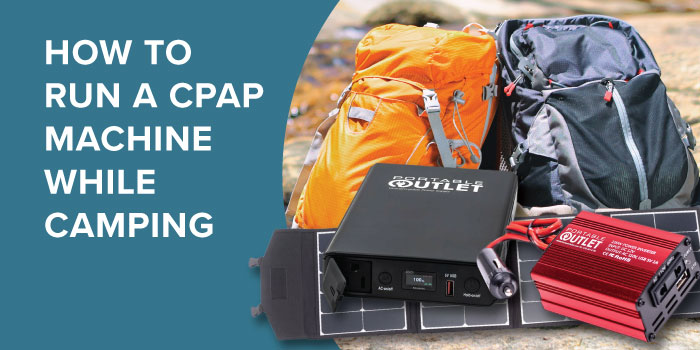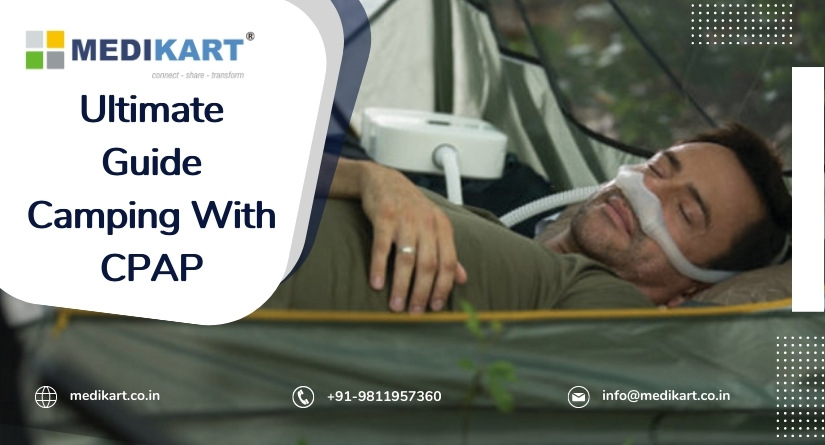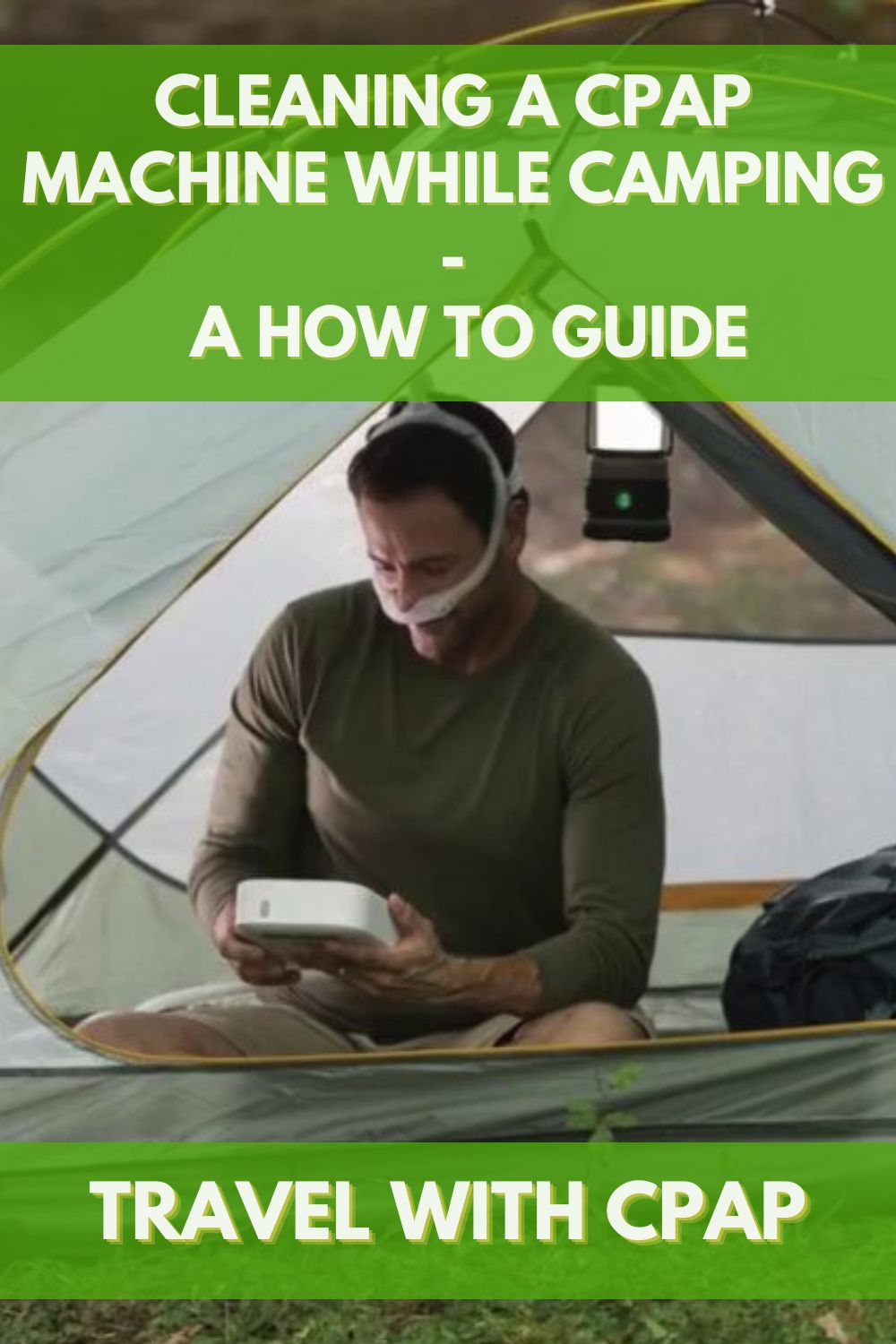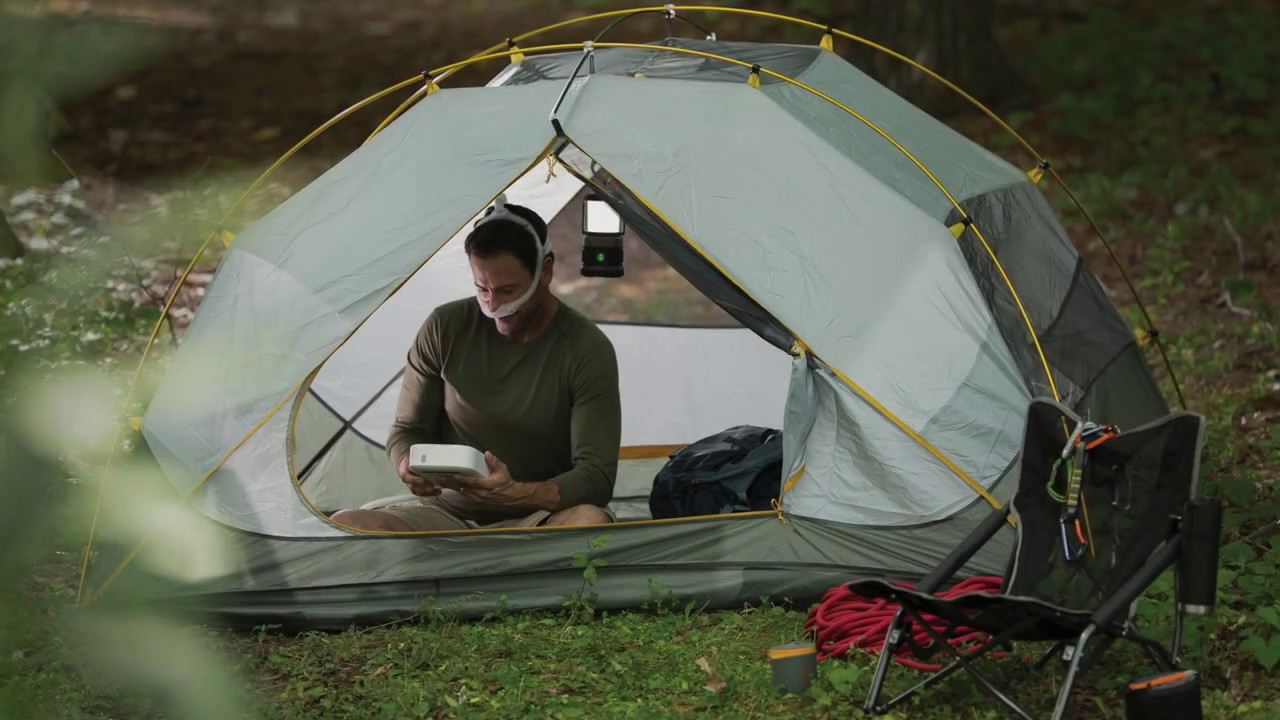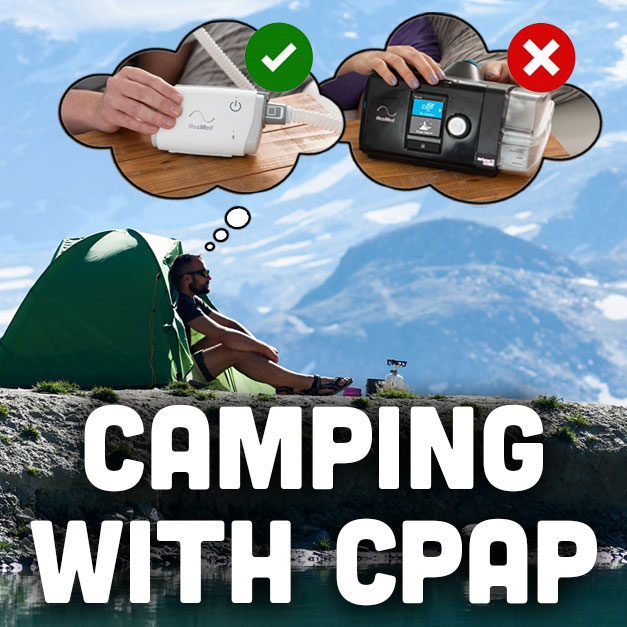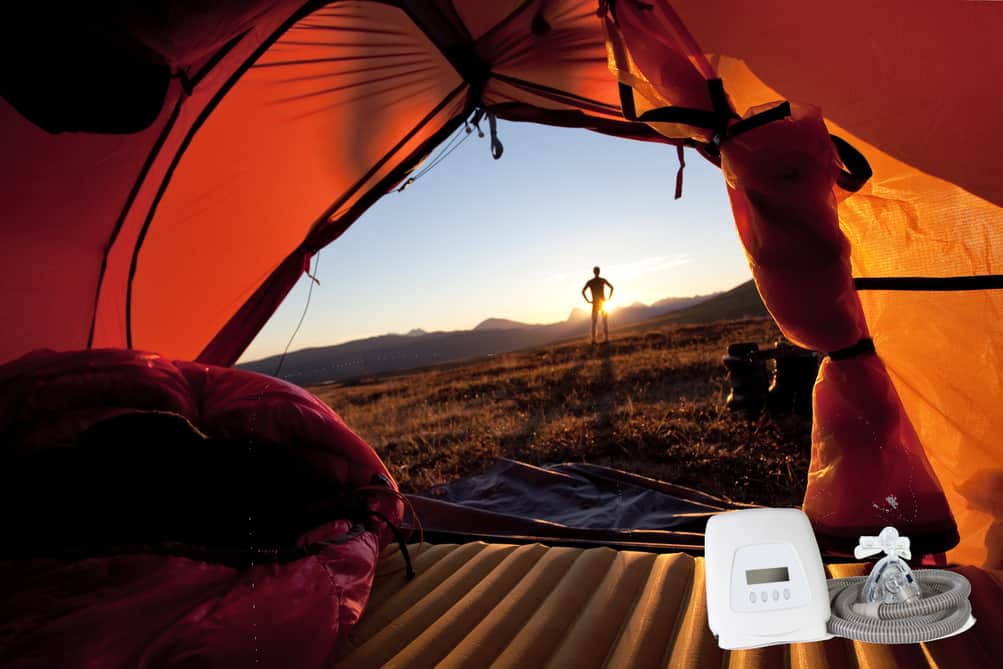How To Run Cpap While Camping

Millions of CPAP users face a critical question this summer: how to maintain essential sleep apnea therapy while enjoying the outdoors. Powering a CPAP machine during camping trips requires careful planning and the right equipment to ensure effective treatment and a restful night.
This article provides a comprehensive guide on powering your CPAP machine while camping, covering essential equipment, power source options, and crucial tips for successful off-grid sleep apnea therapy.
Understanding the Power Needs
CPAP machines require electricity to operate, presenting a challenge when camping away from traditional power outlets. The power consumption of a CPAP machine varies, typically ranging from 30 to 60 watts, but can spike higher when the humidifier and heated hose are in use.
Knowing your machine's wattage is crucial for selecting an appropriate power source.
Essential Equipment for Camping with CPAP
Several key items are necessary for running your CPAP machine while camping. These include a portable power source, a DC power adapter, and potentially a voltage converter, depending on the power source.
Consider these essential items to ensure uninterrupted therapy.
- Portable Power Station: A rechargeable battery pack that provides AC and DC power outlets.
- DC Power Adapter: Allows direct connection to a 12V power source, like a car battery or solar panel.
- Voltage Converter: Needed if your CPAP machine requires a different voltage than your power source provides.
- Extension Cords and Adapters: For connecting your CPAP to the power source.
- Battery Monitor: To track the remaining power in your battery pack.
Power Source Options
Choosing the right power source depends on your camping style and power needs. Options range from battery-powered solutions to solar and generator options.
Each has its advantages and disadvantages. Consider the following power options:
Battery Power
Portable power stations are a popular choice due to their ease of use and silent operation. EcoFlow and Goal Zero are popular brands, offering various sizes and capacities to meet different needs.
The lifespan of a battery depends on its capacity and the CPAP machine's power consumption. Consider getting a larger battery than you think you need to accommodate the humidifier.
Solar Power
Solar panels can recharge portable power stations during the day, offering a sustainable power solution. Look for foldable, portable solar panels that are easy to transport and set up at your campsite.
The charging time depends on the panel's wattage and sunlight conditions.
Car Battery
Using your car battery is an option, but it can drain the battery if the engine isn't running. A DC power adapter is needed to connect the CPAP machine to the car's 12V outlet.
Consider the risk of draining the car's battery if using this method.
Generator
Generators provide a reliable power source, but can be noisy and require fuel. Choose an inverter generator for a quieter and more stable power output.
Ensure the generator's wattage is sufficient to power the CPAP machine and other devices. Also be aware of campsite rules.
Tips for Efficient Power Usage
Maximize your power source's lifespan by implementing energy-saving strategies. Turn off the humidifier and heated hose to significantly reduce power consumption.
Consider these power-saving tips for efficient CPAP therapy while camping.
- Turn Off Humidifier and Heated Hose: These features consume significant power.
- Use DC Power Directly: DC power is more efficient than converting AC to DC.
- Lower Pressure Settings: If possible, consult with your doctor about temporarily lowering your CPAP pressure settings.
- Fully Charge Batteries: Ensure your batteries are fully charged before leaving home.
- Conserve Power: Only use your CPAP machine for the prescribed therapy time.
Important Safety Considerations
Safety is paramount when using electrical devices in a camping environment. Protect your equipment from moisture and extreme temperatures.
Store your equipment properly. Avoid leaving your power source in direct sunlight or exposed to rain.
- Protect from Moisture: Keep your CPAP machine and power source dry to prevent damage.
- Avoid Extreme Temperatures: Store equipment in a cool, shaded area.
- Use Proper Ventilation: If using a generator, ensure adequate ventilation to prevent carbon monoxide poisoning.
- Check Connections: Regularly inspect all cords and connections for damage.
- Have a Backup Plan: Consider a backup power source or alternative therapy (if approved by your doctor).
Next Steps
Planning is key to a successful camping trip with your CPAP machine. Start by assessing your power needs and selecting the appropriate equipment. Practice setting up your CPAP machine and power source at home before your trip.
Contact your doctor for guidance and resources for safe off-grid CPAP usage.
